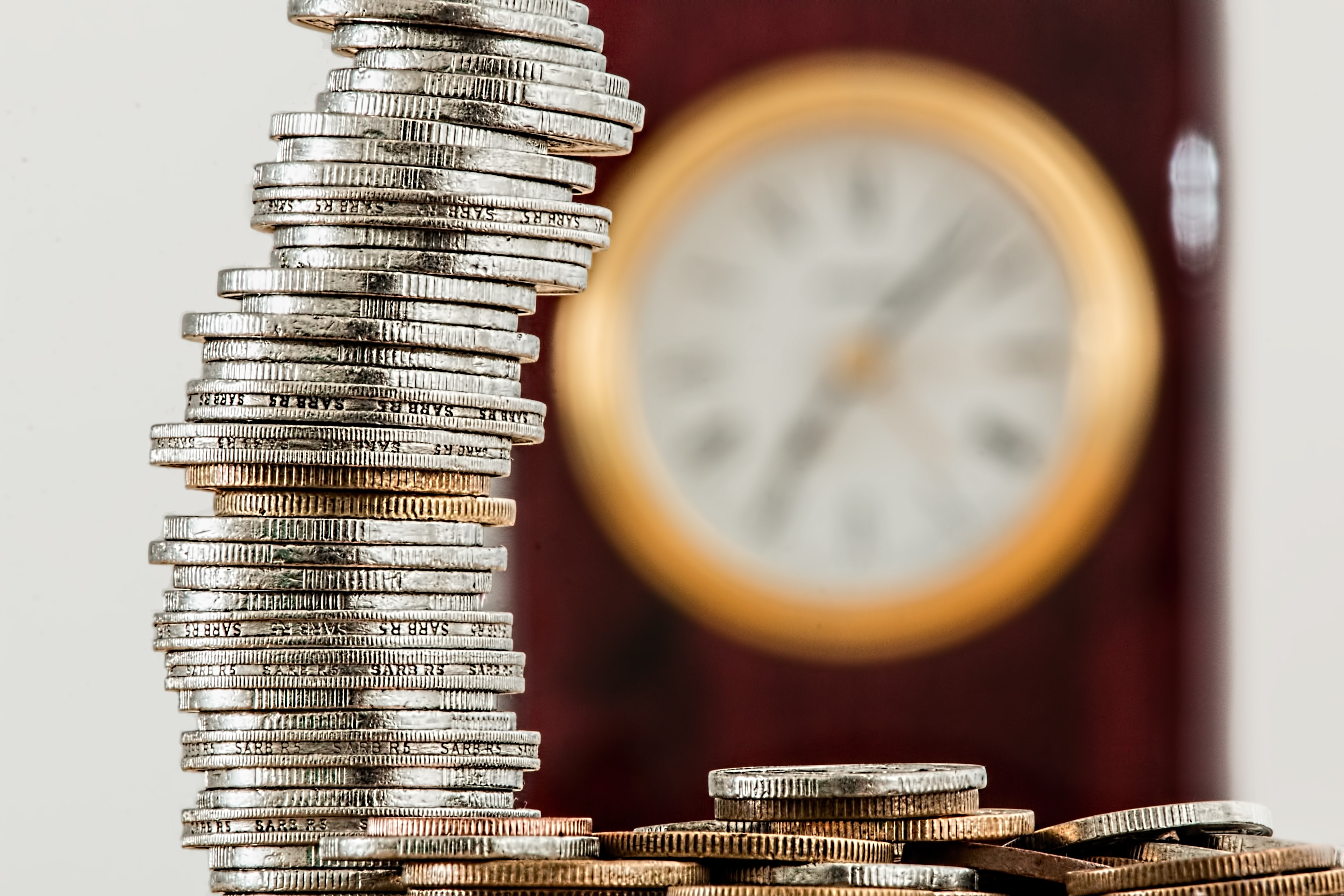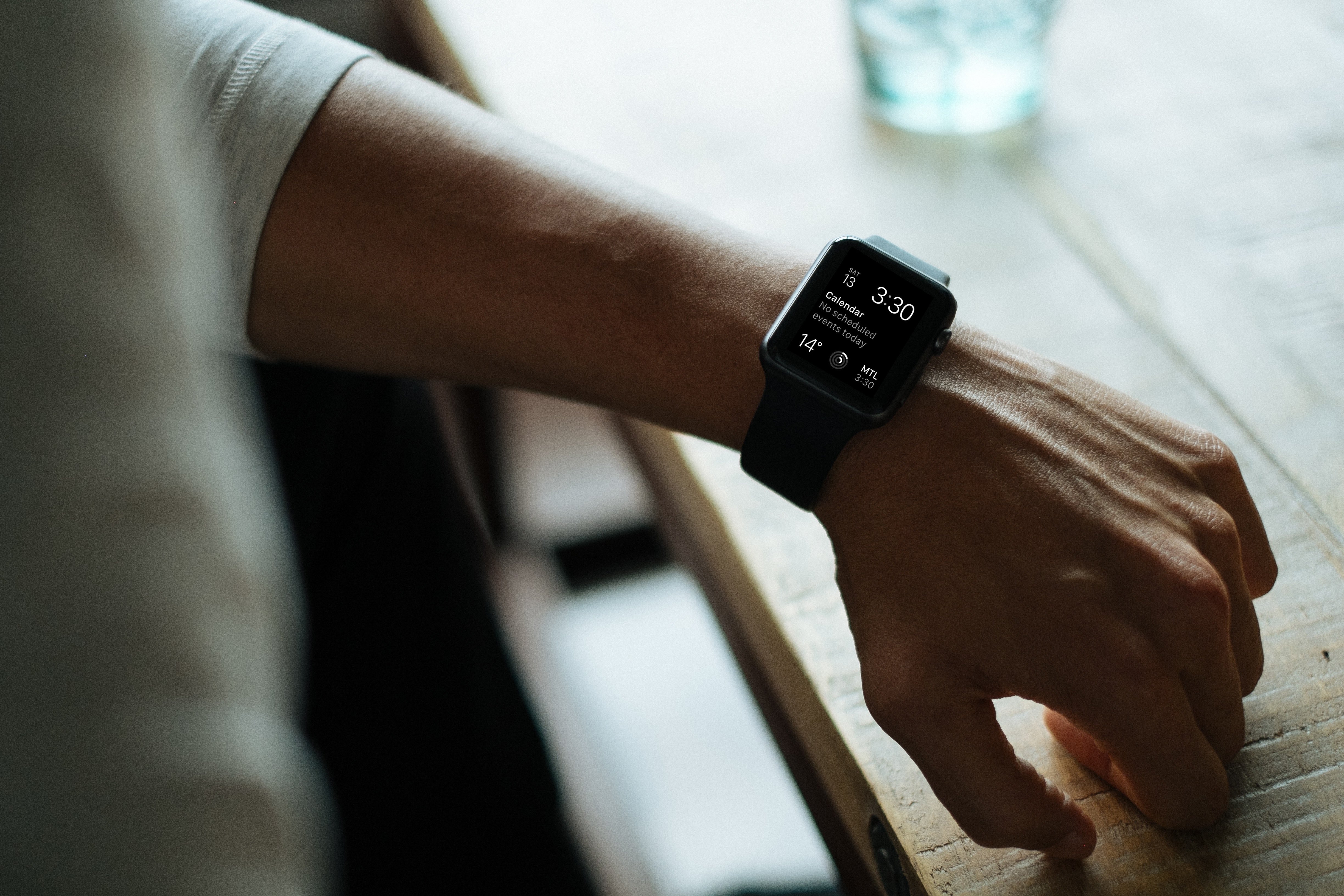
Every sales rep is encouraged to upsell, and there’s good reason behind that. It’s a necessary and effective sales strategy.
Are you upselling enough? And are you upselling correctly?
What is upselling?
Upselling is selling a more expensive version of a product or building on a purchase with extra features and add-ons to sell more. You hear it most often in fast food joints: “Would you like fries with that?” “Would you like to upsize your drink and fries?”
Why is upselling a good sales move?
First of all, you’re already selling to an existing customer, which already makes it easier. The probability of selling to an existing customer is 60-70 percent.
If you do it correctly, upselling can help improve customer satisfaction, which eventually positively affects your customer retention rate and customer lifetime value (CLV).
So the next key question is: how do you do upsell the right way?
7 Tips to Doing Upselling Correctly
1. Upsell something of value
How do you make your upsell valuable? Make it relevant and/or useful to the customer. Relevance is selling another product or add-on related to the first purchase. A useful upsell is suggesting a product or add-on that provides a solution to a problem or adds a benefit to the initial purchase.
If your offer doesn’t have either of these two—relevance and usefulness—then you should not even consider upselling. Your offer is not even an upsell at all.
The way you sell these additional products or features should be within context. Don’t just sell. Explain why and how the upsell adds value to the initial purchase—and to the customer’s overall goals.
Look through your existing customer database and identify those who may benefit from these value-added upsells.
2. Personalize your offer
The other great thing about selling to an existing customer is that you already know his purchase history. As mentioned, that makes upselling easier. But, again, upselling has to be done correctly and another way to do that is to personalize your upsell.
So as you go through your database of potential customers for an upsell, note how you can personalize your offer to them. For one, address them by name when you call or email them. And as mentioned in #1, explain exactly how your new offer adds value to his first purchase.
3. Offer a discountRemember: an upsell is a second purchase. So a discounted price is warranted. An upsell is supposed to sound like a good deal. You want to give the customer the impression that he is upgrading at a much lower cost—and that’s a win for him.
What’s a good discount? It would depend on your numbers, but an upsell that costs 50% less (or even more) than initial purchase would always be a tempting offer.
You can also price based on the rule of three. This would work when you’re trying to upsell a host of features. You can package these features into three different packages. The upsell will look more attractive to people who would prefer to have options available to them.

Photo by Luke Chesser on Unsplash
4. Create a sense of urgency
There’s a saying: “People want more of those things there are less of.” This is the basic premise of the scarcity principle. And it best explains the “limited time offer” marketing strategy.
You can employ the same tactic with your upsell. You can base your limited time offer on the following:
- the product having limited quantity (and that offer is good only until supplies last) and
- the offer being good for only a day or two
Both reasons create the sense of urgency you want to achieve.
Amazon’s “deals for the day” is a good example of a time-based limited time offer. They even have a timer for this. And most people really do try to beat the clock to avail of the offer.
5. Upsell after the first sale
Yes, create a sense of urgency but don’t be pushy. Don’t start upselling while a customer is still deciding on the first purchase. You can do that, but oftentimes the escalating prices—even before customer has even completed the initial purchase—might turn off a customer and make him forgo the whole transaction altogether.
6. Provide social proof
Provide evidence that other people have found the upgrade valuable or beneficial. Social proof can be on your site and presentations, via testimonials and case studies.
If you want people to spend more, then it’s great to have proof that the extra expense is worth it.
7. Create the need for the upsell
Sometimes you don’t even have to do the upselling: customers will realize the need to upgrade themselves. Apple does this brilliantly: they have phones that have different storage capabilities (you have an iPhone 64GB and then realize you really need the 256GB) and the same product with different versions and features (as we write this, the iPhone has 13 different models). Then they also have the accessories as possible add-ons to your purchase.
If your product or service can be packaged to sell so that it creates a need for an upsell later on (another example is Google, Dropbox, or iCloud with their storage limits), then that’s a viable option for upselling.





